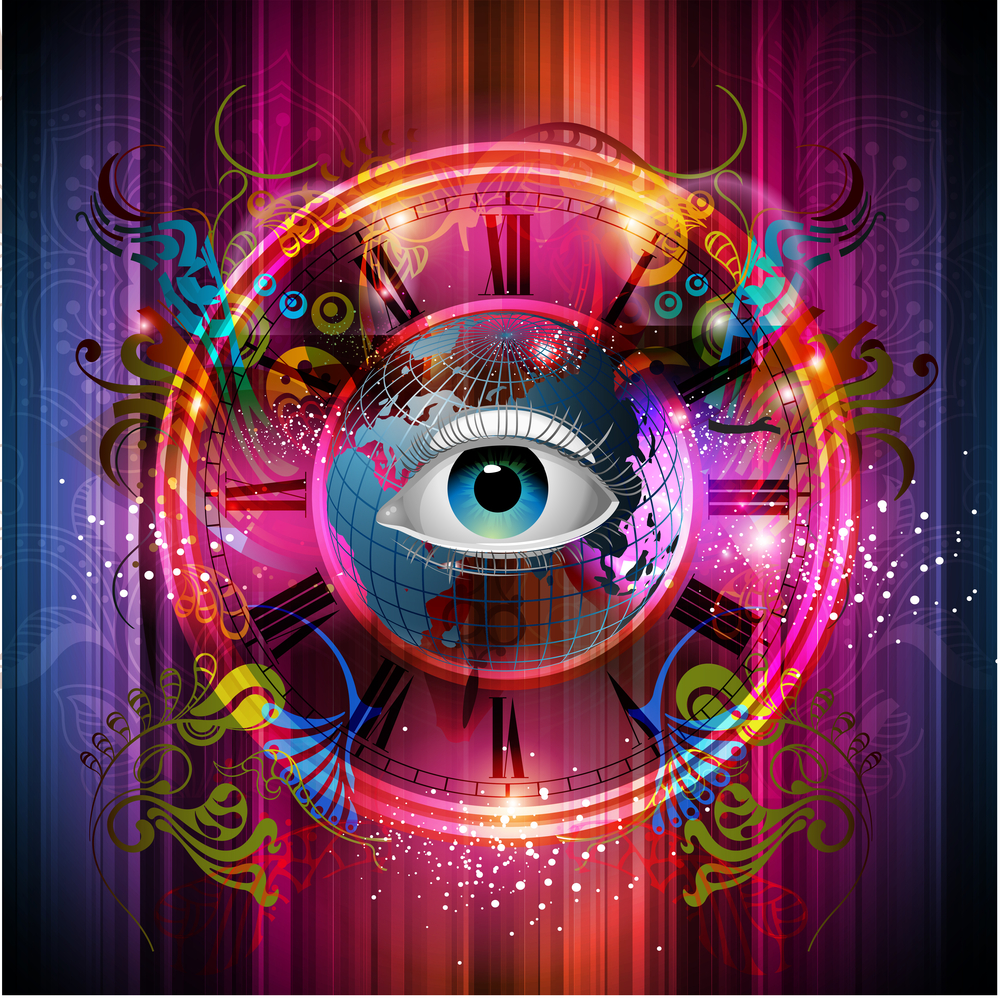With this being Women’s History Month, we thought it appropriate to discuss women’s eye heath. Your vision is one of the most important things in your life. Vision loss can make everyday tasks more difficult, impede your work and lead to depression.

According to Prevent Blindness America (PBA), 66% of people who are blind or visually impaired are women. This is primarily due to the fact that women have more risk factors for vision loss than men. Sadly the same study also revealed that only 9% of women realize this. Early intervention can help prevent blindness in many cases. Many blinding eye diseases can be treated to prevent blindness and almost all eye injuries can be prevented.
Here is a closer look at why women are affected more than men, and what condition they need to be aware of for early diagnosis and sight-saving treatments.
Why Women Lose Vision
- They live longer than men and many eye diseases are age-related. Examples are cataracts, macular degeneration and diabetic retinopathy. The rates of these diseases are increasing as the baby boomer population ages.
- Some eye diseases are intrinsically more prevalent among women, like dry eye syndrome which is believed to be linked to hormones. It is 2-3 times more likely in women than men. Hormonal changes can influence vision changes across the life span of a woman, from pregnancy to post-menopause.
- Women have higher rates of autoimmune diseases such as lupus, rheumatoid arthritis and multiple sclerosis. The serious side effects of these conditions can affect your eyes, causing vision loss.
- Social and economic factors can access to health care for women restricting early detection and treatment which could prevent or limit vision loss.
- While behavioral and environmental factors are not restricted to women, poor nutrition and obesity can cause diabetes and subsequent diabetic retinopathy; while smoking is also a proven risk factor for eye diseases such as cataracts and macular degeneration. Women under 23 are the fastest growing segment of new smokers.

Eye Conditions More Prevalent in Women
- Cataracts are the world’s leading cause of blindness. They are the result of a clouding of your eye’s normally clear lens. They can be treated with cataract surgery, where the cloudy lens is replaced with a clear synthetic lens.
- Glaucoma is the second-leading cause of blindness in the Us. It is called the silent thief of sight because there is no warning. It happens when pressure in the eye — intraocular pressure or IOP — is too high, damaging the optic nerve which sends vision signals to the brain. Open-angle glaucoma, the most common type, affects men and women equally. But women are 2-4 times more likely than men to get closed-angle glaucoma. One of the possible reasons for this is that the front chamber between the iris and cornea is shallower in women than men and can block fluids from draining out of the eye, thus increasing pressure. Glaucoma is also genetic, meaning you are at higher risk if someone in your family has had glaucoma. When caught early, there are treatments that can help control your IOP. If it is not controlled early, blindness can result and it is irreversible.
- Age-related macular degeneration (AMD) is the number one cause of vision loss in people over 40 in the US. One of the reasons women are at higher risk is because they tend to live 5-7 years longer than men. AMD gradually destroys the central part of your sight that helps you read or drive. There are two types of AMD. Dry AMD, which occurs when drusen accumulate under the retina. There is no treatment for dry, yet accounts for 90% of the cases. Wet AMD occurs when new blood vessels grow and leak between the retina and eye’s outer layer. There is a treatment of anti-VEGF injections for this version of AMD. The earlier the disease is diagnosed and treated, the better the results. Like glaucoma, it is an inherited eye disease.
- Diabetic retinopathy is a result of diabetes. When blood sugar levels are too high, the vessels that feed the retina weaken and eventually leak, which cause the macula to swell. In its most dangerous form the retina may detach from the back of the eye leading to blindness. Diabetes is also hereditary, but controllable with early diagnosis and treatment.
- Dry eye syndrome occurs when your eyes produce too few tears. Your eyes may burn, sting or feel gritty, making your vision blurry or you may blink more. Contrary to the name, you may appear weepy as the dryness may stimulates more tear production. Thanks to hormones, women are more susceptible. In postmenopausal women, the shift in balance between estrogen and progesterone can be responsible.
- Pregnancy-related eye changes, like menopause, are caused by hormone shifts and can cause several temporary eye conditions, such as dry eye and corneal swelling.
3/10/16
 Susan DeRemer, CFRE
Susan DeRemer, CFRE
Vice President of Development
Discovery Eye Foundation


